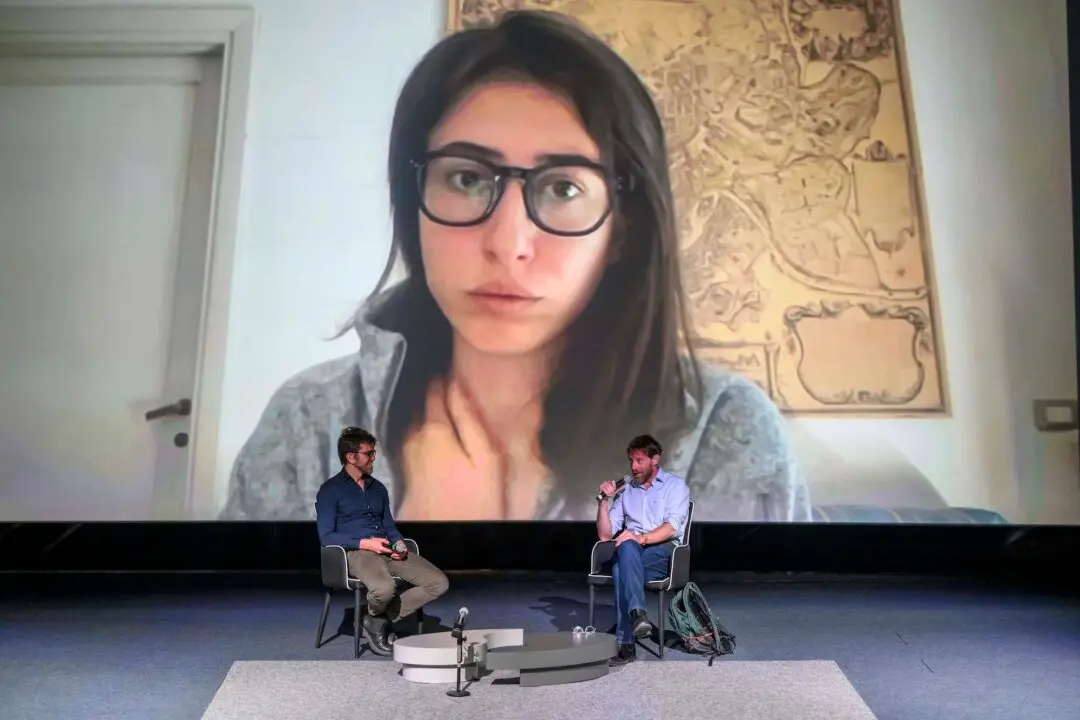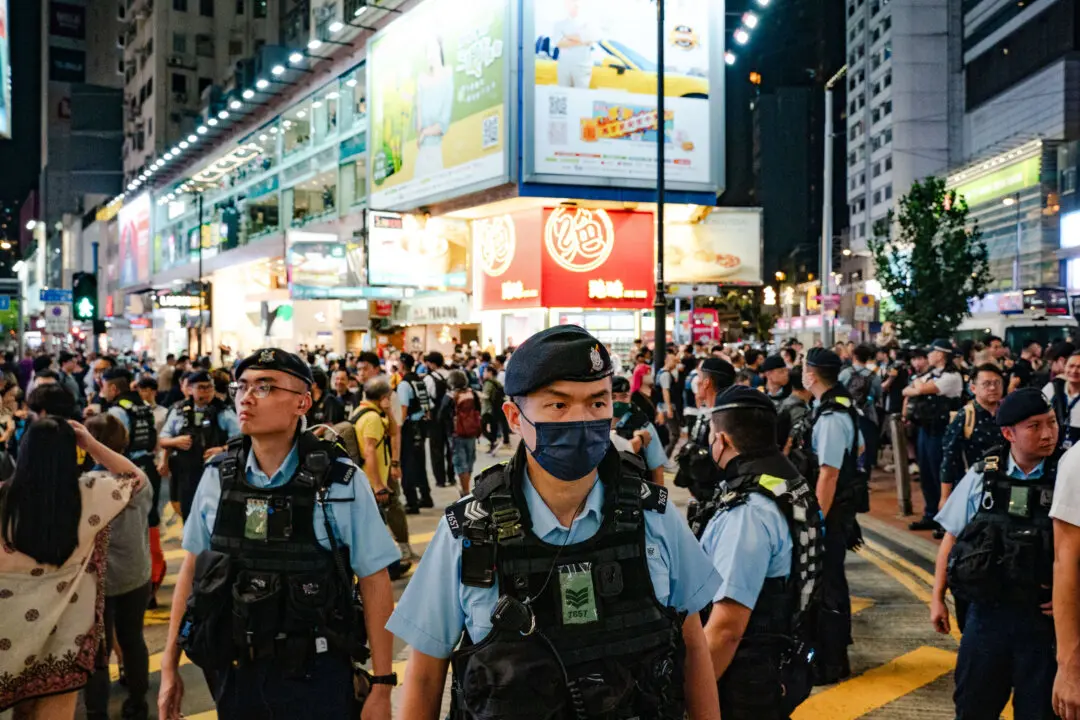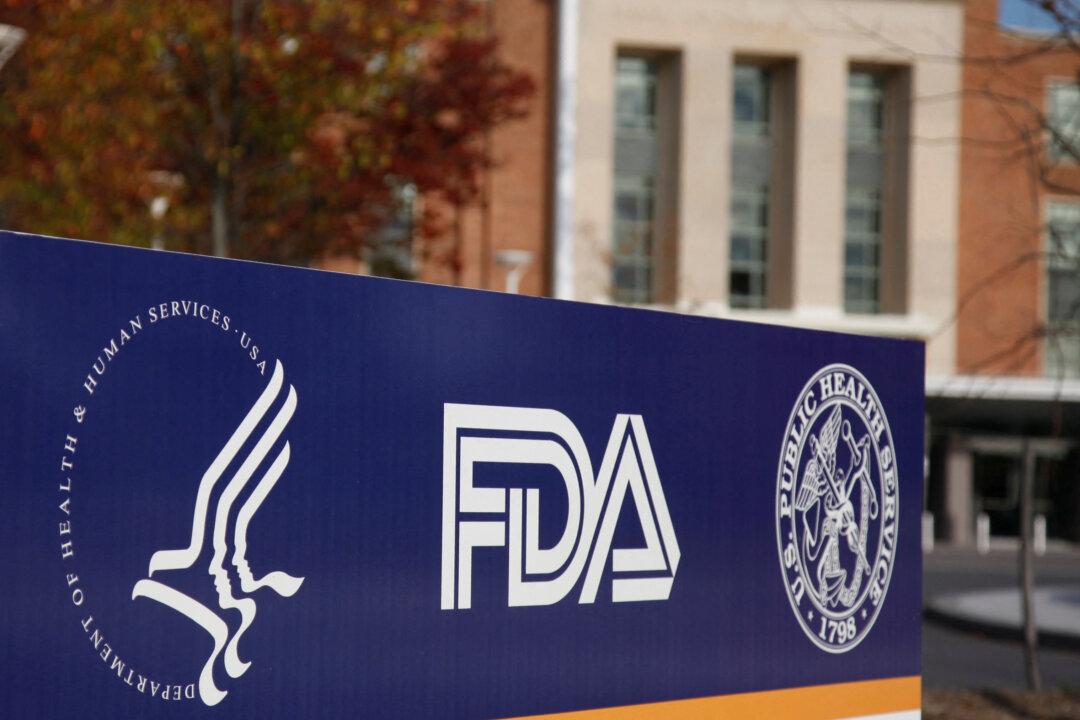New York City Mayor Eric Adams announced an immediate directive on Tuesday detailing protocols for removing and treating mentally ill people from the city’s streets and subways.
“If severe mental illness is causing someone to be unsheltered and a danger to themselves, we have a moral obligation to get the treatment and care they need,” Adams, a Democrat, said in an address outlining the city’s expectations for outreach workers, police, and hospital personnel to handle severely mentally ill people.





